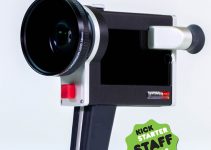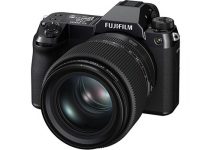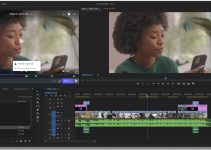Before Canon released the C70, the best budget cinema camera in their stable was the C200. It’s still a spectacular camera and has things (like raw) that the C70 doesn’t along with a different body design.
Considering they sit at the same price point of $5,500 for the basic configurations, have Super 35mm sensors, and are likely to be the first steps for shooters looking to pick up their first cinema camera it’s an interesting comparison.
Filmmaker Griffin Conway is among those curious about the differences between the two cameras and put together his own tests. He focuses on dynamic range, low-light performance, slow motion, and file sizes/playback.
Dynamic Range
Bringing the cameras to the best real-world test of dynamic range—an indoor shoot with large open windows—Conway tried a few different ways of exposing and pushing the footage to see where they break.
- Exposing for the highlights and pushing the shadows.
- Exposing for the interior and risk losing some highlights.
These tests will bring a couple key bits of information in a very natural way that isn’t simply shooting a test chart and playing with the footage. Primarily it helps show how to best use each camera, regardless of which you have. Then, it shows where one camera might excel in different situations compared to the other.
Takeaways here:
- C200 is significantly noisier in shadows, better to bring exposure up in camera than in post.
- C70 appears to hold highlight detail when exposed for interior. More dynamic range.
- C200 had a green tint. Less similar color to other Canon cameras.
- C70 had a magenta tint. More in line with Canon cameras.
I’m definitely liking the C70 more here. Dynamic range and color seem improved.
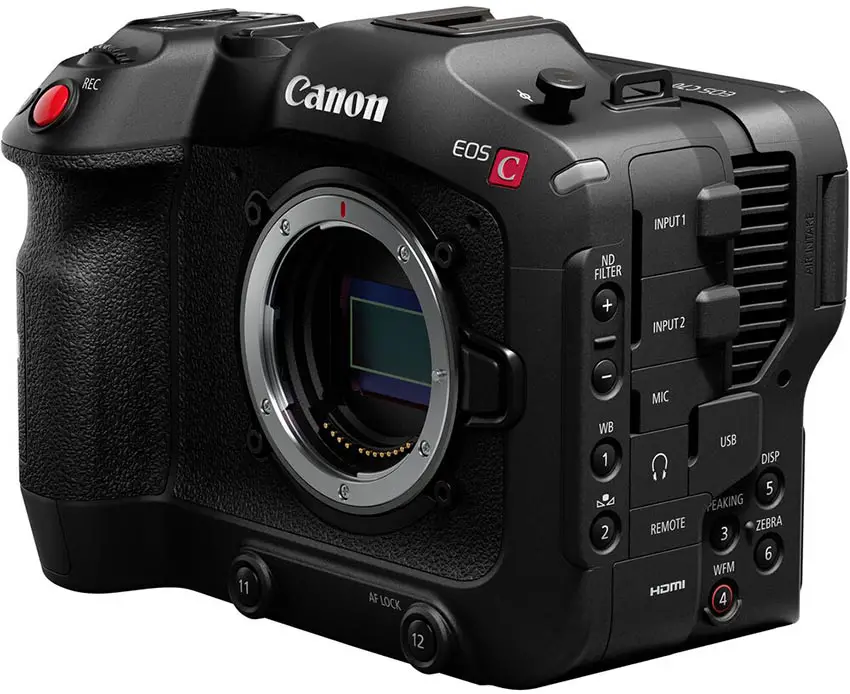
Image Credit: Canon
Over and Under Exposure
Everyone makes mistakes, hopefully not to the extent that you are missing exposure by three whole stops. Still, it tells you a lot to know when/where you might be able to push the sensor to its limits and get away with it if you need.
Overexposing by three stops and bringing it down in post is up first and the basic assumption is that the C200’s Raw should work wonders. In practice, the C70’s 10-bit compressed footage actually holds up just as well as adjusting the C200’s Raw footage in post. It’s very interesting with both appearing to retain good detail.
Underexposing by three stops reveals a much different picture. Similar to the dynamic range test, the C200 has a lot more noise – the ugly chroma noise. Pushing up the shadows is not a great plan for the C200. The C70 is shockingly clean.
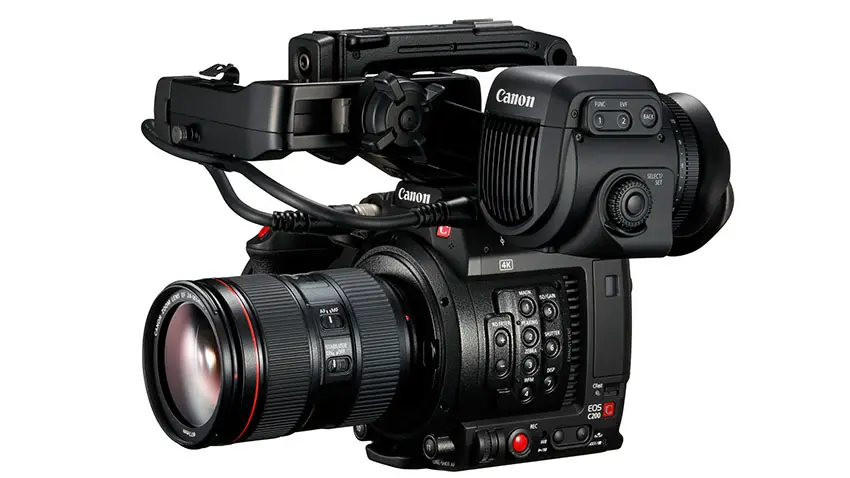
Image Credit: Canon
Low Light (High ISO)
If you followed along so far, it seems that the C70 has a clear advantage going into this. From ISO 1600 and 3200 the C70 has a much cleaner look. However, when you hit ISO 6400 things appear to even out a bit. The C70 might have a slight edge, but if you factor in noise reduction on the C200 it’s a lot closer. This holds true going up, but ISO 12800 seems to be Griffin’s limit.
Side Note: Speedbooster
Being an RF-mount camera, the C70 gains a notable advantage over the EF-mount C200: support for speedbooster adapters. The obvious choice is the tailor-made Canon Mount Adapter EF-EOS R 0.71x which will give you the “full-frame look” and a boost of about one stop to exposure.
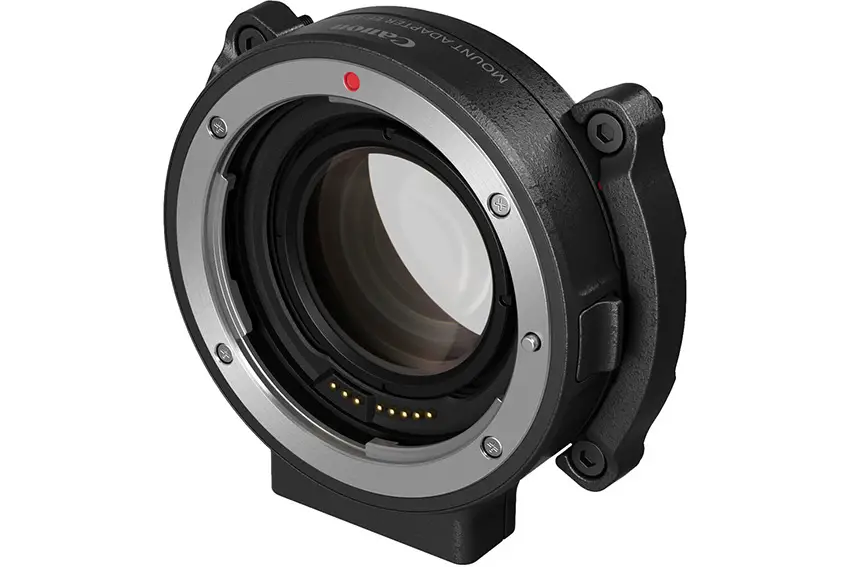
Image Credit: Canon
Slow Motion
Recording in slow motion on the C70 is a good experience, the only note is that 4K 60p and 120p will move to long GOP compression, but Griffin claims the difference is imperceptible. This even supports autofocus. However, it doesn’t support the Dual Gain Output for maximum dynamic range.
C200 doesn’t even offer 4K at 120p. You’ll have to go to Full HD 8-bit 4:2:0 for 120 fps. You also have to shoot in Canon Log 3.
The difference is so apparent between the C70 and C200 at 120p. C70 is leaps and bounds beyond the C200.
Files Sizes and Playback
Among the “advantages” of the C200 is a raw recording mode. This does come at the expense of any compressed 10-bit file options. You have to shoot raw. This is a heavy file too, no compression options like Blackmagic RAW or other cameras. It’s a problem unless you are prepared to work with it and deal with the added difficulties throughout the workflow.
Canon’s C70 files are more standard compressed images and Griffin doesn’t seem to have many issues with it in post. It can even playback at full resolution. The files are also so much smaller than the C200’s Raw. In the end it was more than double the storage needed for the C200. That’s a huge expense over time to deal with.
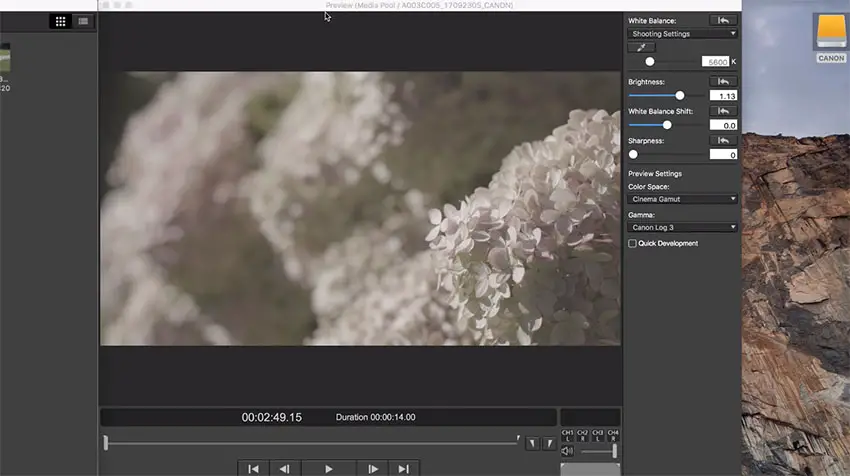
Image Credit: Canon
Autofocus
Final notes are on autofocus. Griffin doesn’t seem to see much difference between the two cameras even with some buzz floating around that the C70 is a little worse.
Final Thoughts
Either one will be great. The C200 is good for studio use and more deliberate productions. It also has a larger body with more appropriate connections – like SDI. The C70 is much smaller, and the internal 10-bit codecs are hugely beneficial. It seems to be a notable upgrade in my opinion.
Going back to the C70’s RF mount is the added versatility. You can use adapters with more types of lenses and it makes the overall package a lot smaller. Plus, you can buy some of Canon’s newer glass.
My vote? The C70. Unless you are on a budget and can find a used C200 for a great deal.
What’s your take on the C70 vs C200?
[source: Griffin Conway]
Order Links:
- Canon EOS C70 Cinema Camera (B&H, Amazon)
- Canon Mount Adapter EF-EOS R 0.71x (B&H)
- Canon EOS C200 Cinema Camera (B&H, Amazon)
Disclaimer: As an Amazon Associate partner and participant in B&H and Adorama Affiliate programmes, we earn a small comission from each purchase made through the affiliate links listed above at no additional cost to you.
Claim your copy of DAVINCI RESOLVE - SIMPLIFIED COURSE with 50% off! Get Instant Access!



